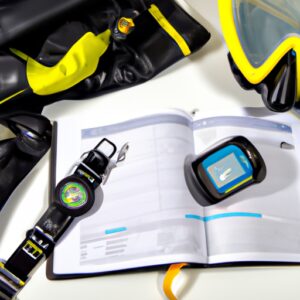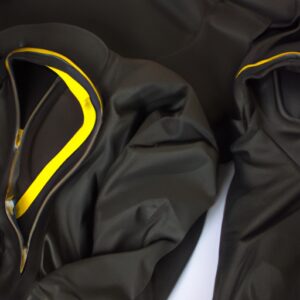
Picking the Perfect Wetsuit: A Comprehensive Guide
Hey there, water lovers! Are you ready to dive into the world of wetsuits? Whether you’re a seasoned surfer or just starting out, finding the right wetsuit can make or break your water adventures. But don’t get overwhelmed, we’ve got you covered with our comprehensive guide to picking the perfect wetsuit.
H2 – What’s Your Water Activity?
First things first, what kind of water activity are you planning? Surfing? Scuba diving? Swimming? Each activity requires a different kind of wetsuit, so it’s important to know what you’ll be doing before you start shopping.
H2 – Thickness is Key
Next up, let’s talk about wetsuit thickness. The thicker the suit, the warmer it is, but also the less flexible. So, if you’re planning on surfing in cold water, go for a thicker suit. For warmer water or more movement-heavy activities like paddleboarding, you’ll want a thinner suit for maximum flexibility.
H2 – The Fit
The fit of your wetsuit is crucial to its performance. You want it to fit like a glove, but not so tight that you feel restricted. Your wetsuit should be snug around the neck, wrists, and ankles, with no gaps or pockets of air. If you’re trying on a wetsuit and it feels uncomfortable, it’s probably not the right fit for you. Trust us, you’ll be in and out of that thing a lot, so you want it to be as comfortable as possible.
H2 – Zip it up
There are two types of wetsuit zippers: back or front. A back zipper is easier to get in and out of, but can sometimes let in water. A front zipper provides a better seal, but can be harder to get in and out of. It really comes down to personal preference and what activity you’re doing. If you’re surfing in colder water, you’ll want a front zip to keep the water out. If you’re doing something more movement-heavy like paddleboarding or kayaking, a back zip might be better suited for ease of movement.
H2 – Material Matters
Wetsuits are made from different materials, so it’s important to know what you’re buying. Neoprene is the most common material used in wetsuits, and is known for its thermal insulation and flexibility. Some wetsuits are lined with different materials like fleece for added warmth.
H2 – Price Point
Wetsuits can come with a hefty price tag, but don’t let that deter you. The more expensive suits are usually made from higher quality materials and will last longer. If you’re just starting out, you can find good quality wetsuits at a more affordable price point. Do some research and don’t be afraid to ask for recommendations from fellow water lovers.
H2 – Final Thoughts
Picking the perfect wetsuit isn’t rocket science, but it does require some knowledge and research. Remember to consider your water activity, the thickness, fit, zipper type, material, and price point when shopping for a wetsuit. Most importantly, don’t be afraid to ask for help or try on multiple suits before making a decision. With the right wetsuit, you’ll be ready for any water adventure that comes your way. Happy surfing (or diving, or swimming, or paddling)!







